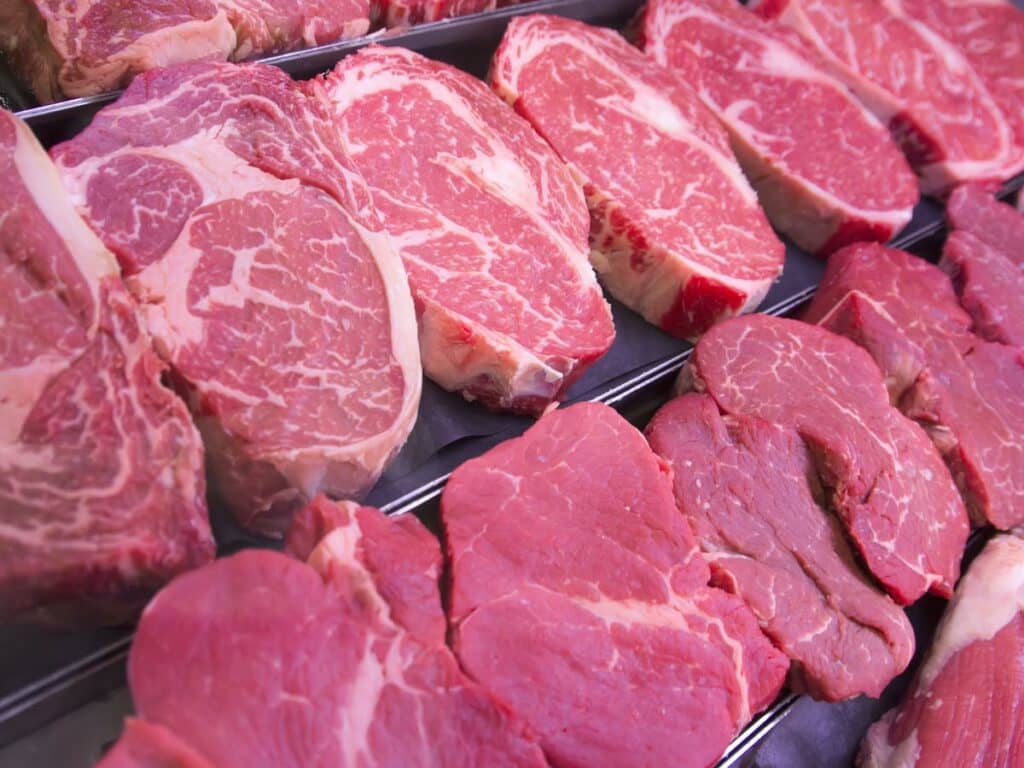Porto Alegre, September 8, 2021 – The Brazilian meat sector shows a very clear profile in its price curve in 2021. Beef flirts with stagnation, finding little room for robust upward movements due to its already prohibitive price level for average consumers. Pork has greater volatility, alternating moments of considerable highs and sharp lows. The only constant in the meat price curve is chicken, which has shown an aggressive upward movement in 2021.
In general, chicken gained market compared to competing proteins, something quite understandable in the Brazilian macroeconomic scenario. Even with the resumption of economic activity, problems with job and income creation are evident. The average Brazilian simply migrates to products that have a lower impact on household income. In the animal protein market, chicken and eggs play this role perfectly.
With prices reacting throughout the chicken industry, there are incentives to the housing of breeder chicks, even with animal nutrition costs at a very prohibitive level, as can be seen with the 2021 corn price curve, which remains close to its historic high in much of the country. The logical move would be the reduction in housing, also reducing the demand for corn. However, even with such high costs, the responsive demand, both internally and externally, motivates the increase in chicken production. For pig farming the current cost structure is much more harmful, leading to falling operating margins in many states.
The attached graph once again shows the behavior of prices in the meat sector in August in the main consumer hub of the country, São Paulo. The exchange ratio between the main proteins consumed in the country still sees chicken losing competitiveness, but it maintains the preference of the average consumer.
Beef hindquarter reached the average price of BRL 21.18 per kilogram in São Paulo, very close to its historical high. In 2021, the prices of the cut oscillate between BRL 20.00/21.25 per kilogram, missing elements that justify more consistent highs. Prime beef cuts continue with a prohibitive price profile, limiting consumption. Forequarter, in turn, has hovered for the last three months between BRL 16.50 and 17.50 per kilogram, also at a very high level. In August, the partial average has reached BRL 16.92 per kilogram.
Pork carcass has fluctuated this year between BRL 9.00 and 10.50 per kilogram. Pig farming prices find it difficult to take off, the spread between pork and frozen chicken, and even between chicken and live pigs, has never been at such a low level. By way of comparison, the average price of live pig in São Paulo is BRL 6.15 per kilogram, while live chicken was pegged at BRL 6.00 per kilogram in the same state in August, that is, a spread of only BRL 0.15. The average price of pork carcass in São Paulo is BRL 10.12 per kilogram during August.
Chicken has surpassed record after record in 2021. Frozen chicken has accumulated a 44% high this year. The average price in January was BRL 5.55 per kilogram. In August, the average price reached BRL 8.00 per kilogram, with expectations of continued upward movement in the short term, in a broad movement of consumer migration.
Even with all the bullish movement triggered, chicken still enjoys the preference of average consumers. The exchange ratio remains favorable, frozen chicken is 2.6 times more affordable than beef hindquarter, around 2.11 times more competitive than forequarter, and approximately 1.27 times more affordable than pork carcass. Pork becomes an increasingly viable option, as the spread between pork and chicken has decreased.
There is still some optimism about domestic consumption, considering the advance of vaccination in Brazil, which allows the resumption of economic activity with less risk of collapse of the health system. The inflection point lies in the new variants of the coronavirus added to inflation, this is a serious problem that has a great impact on the decisions of the economic team and other ministries.
Inflation in Brazil shares some characteristics of other economies, such as the high in commodities, including oil. However, the Brazilian market has two aggravating factors for this scenario. The first is the water crisis that has already had negative impacts on the average productivity of the 2021 crop and now significantly increases electricity prices. Electricity and fuels are important bases for any industrialized economy. The high in their prices requires chain adjustments to maintain operating margins. The other detail is the expansion of the government debt during the pandemic, the increase in currency issuance is a notorious fact that amplifies the inflationary spiral.
This inflationary movement points to an even bolder action by the Central Bank to control this process. The trend is that until the end of the year new readjustments of the prime interest rate will occur to discourage credit and demand, containing the advance of prices. The big problem is the resumption of economic activity that will be held back by this process. Therefore, with restricted growth due to the monetary policy needed to fight inflation, it is unlikely that there will be changes in the consumption pattern of the average Brazilian in the rest of the year. The scenario for the Brazilian economy is quite challenging, the political crisis makes it impossible to advance reforms and other relevant agendas to allow more consistent advances from an economic point of view. In other words, in the meat sector, chicken and egg tend to remain the favorites of the average consumer.
SAFRAS Latam

